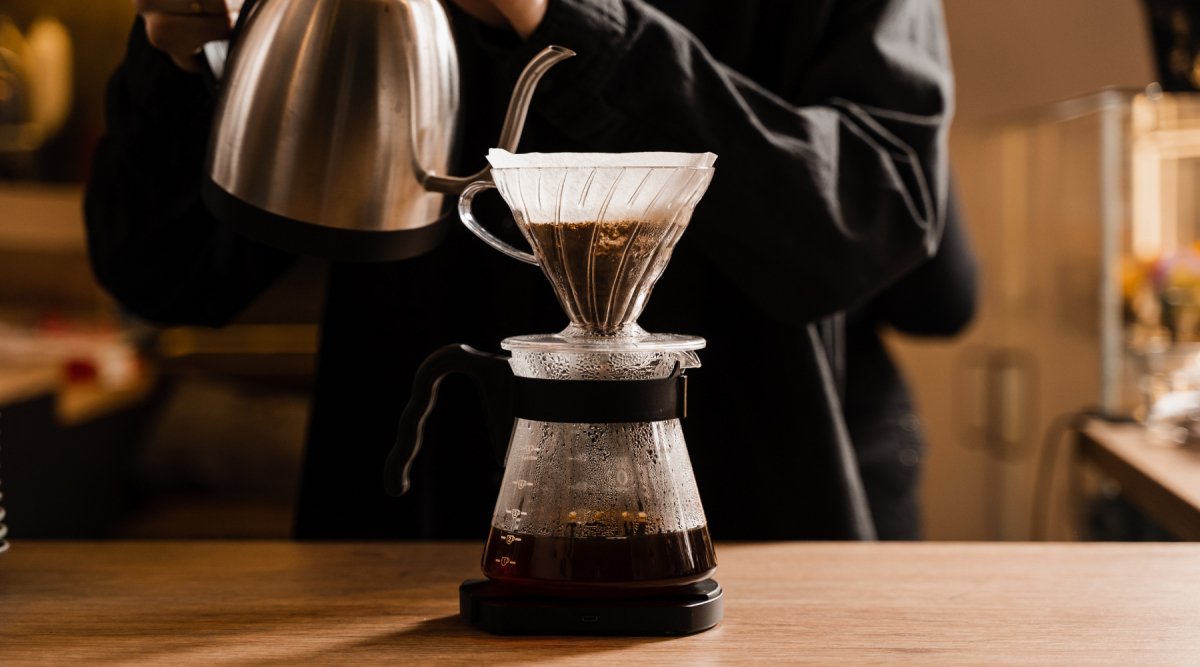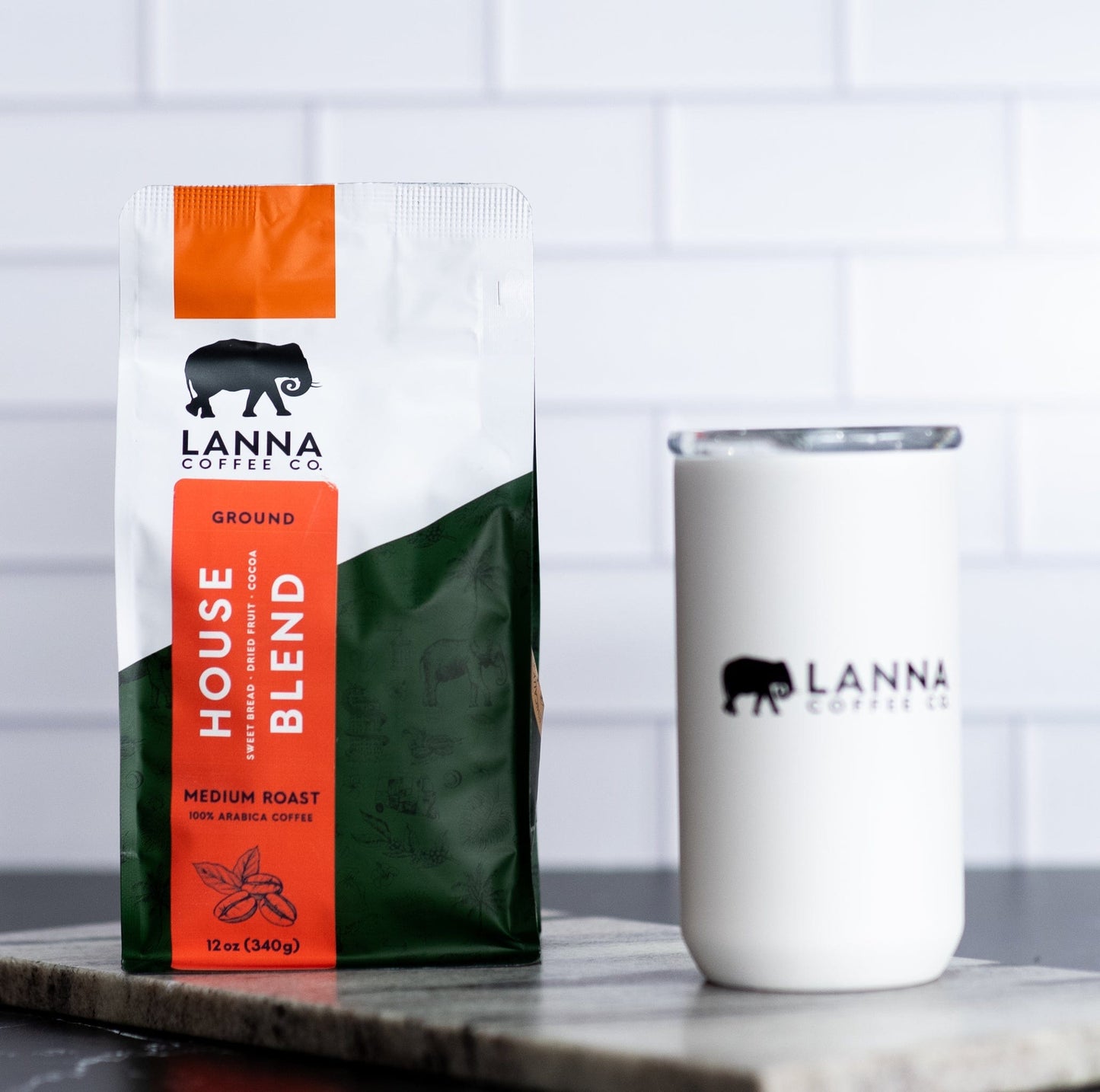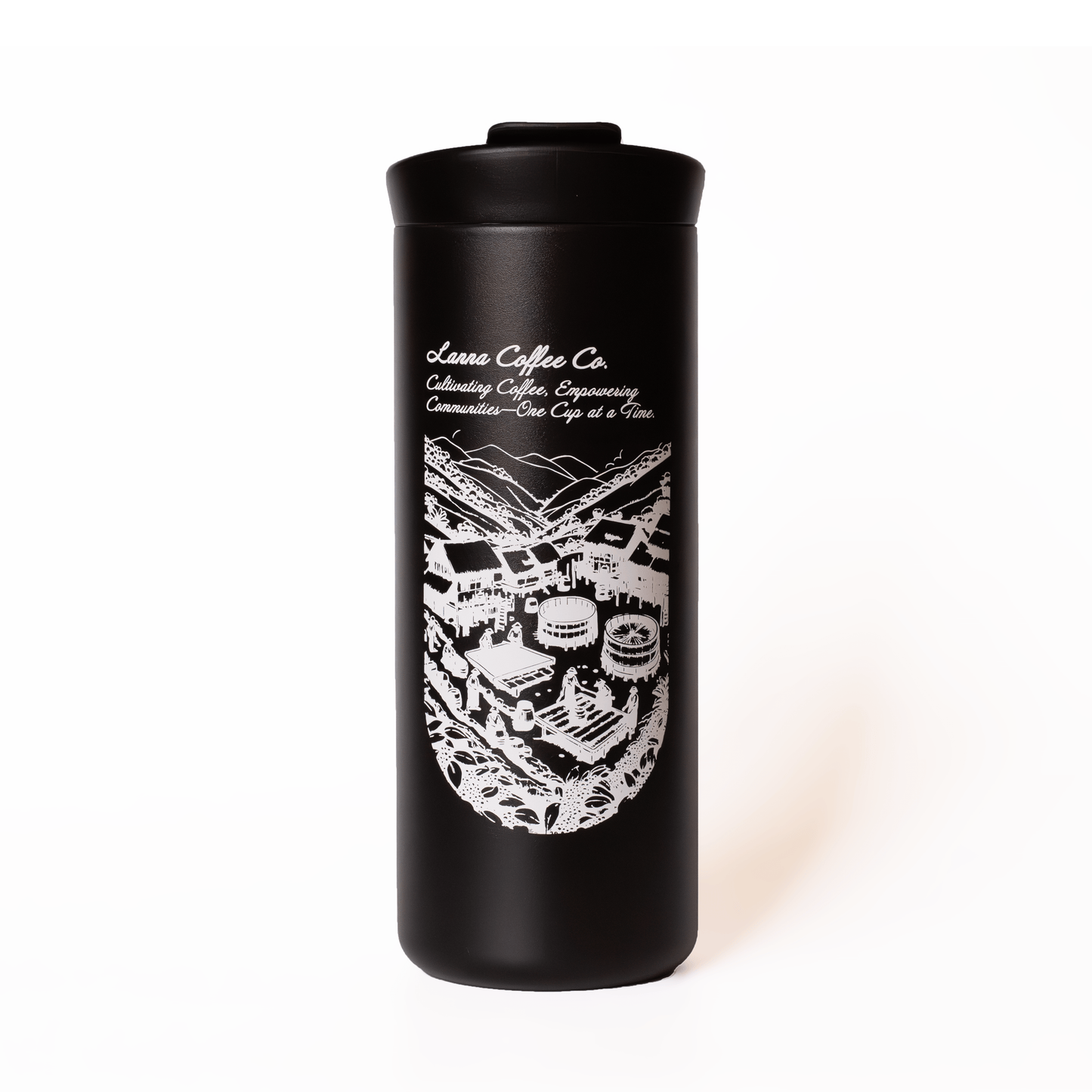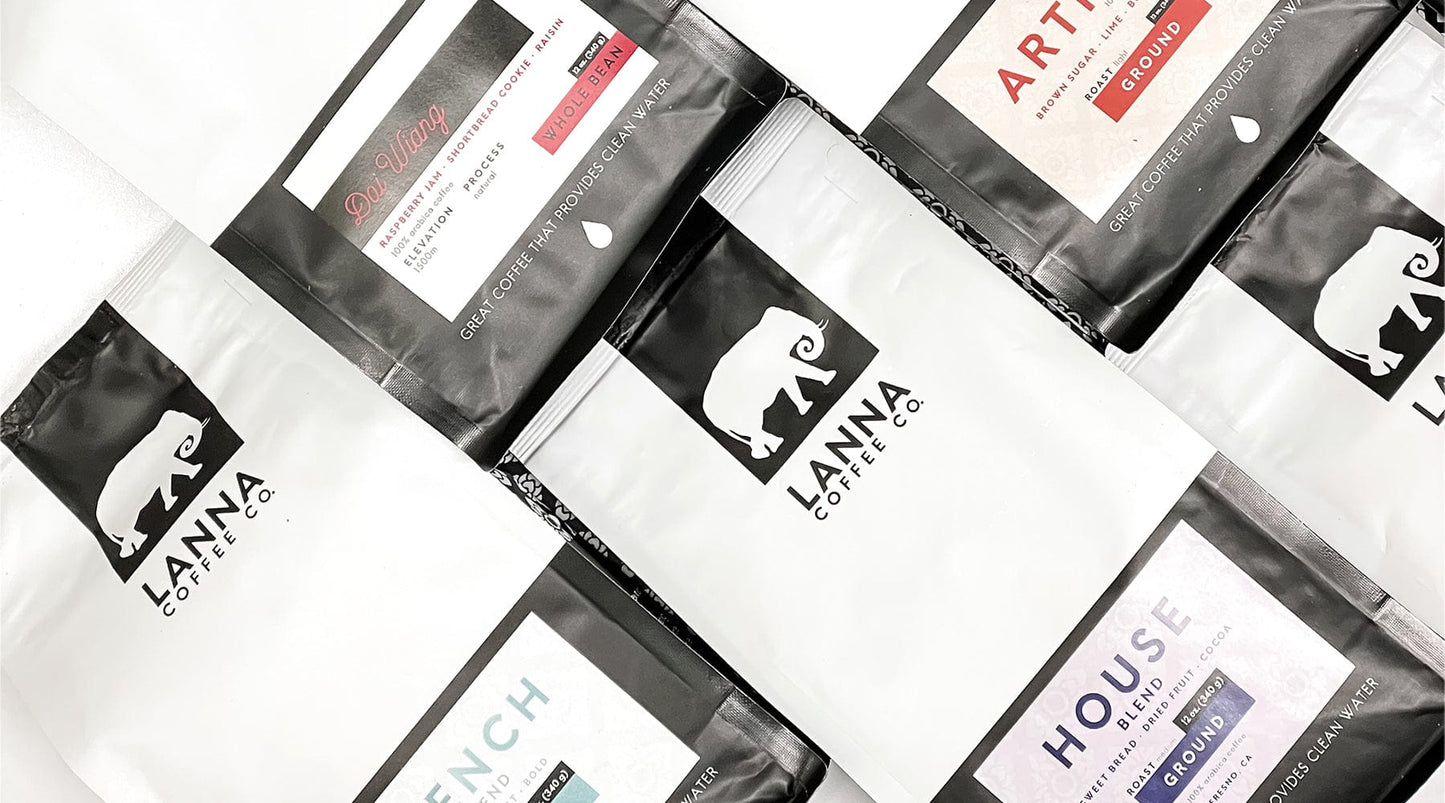
In the world of specialty coffee, achieving the perfect brew requires a delicate balance of various factors, including grind size, water temperature, and extraction time. The extraction process is paramount in shaping the flavor profile of coffee. During extraction, hot water interacts with coffee grounds, dissolving and extracting various compounds that contribute to taste, aroma, and body. Optimal extraction ensures the release of desirable flavors while minimizing the extraction of undesirable compounds like bitterness. Controlling extraction parameters such as grind size, water temperature, and brew time allows for fine-tuning the flavor balance, resulting in a well-rounded and delicious cup of coffee.
One crucial aspect often discussed among coffee aficionados is Total Dissolved Solids (TDS). Understanding TDS is essential for mastering the art and science of coffee brewing. In this comprehensive guide, we'll delve into what TDS is, how it impacts the taste of your coffee, and practical tips for measuring and optimizing TDS levels for a truly exceptional cup of joe.
What is TDS?
Total Dissolved Solids (TDS) refers to the concentration of all dissolved substances in water, including minerals, salts, and organic compounds. In the context of coffee brewing, TDS primarily consists of coffee solubles extracted from the coffee grounds during the brewing process. These solubles contribute to the flavor, aroma, and body of the resulting coffee.
Why Does TDS Matter in Coffee?
TDS plays a crucial role in determining the strength and flavor balance of your coffee. A higher TDS concentration typically results in a stronger, more robust flavor profile, while a lower TDS concentration produces a lighter, more delicate taste. By measuring TDS, baristas and coffee enthusiasts can gauge the extraction efficiency of their brewing method and adjust variables accordingly to achieve the desired flavor intensity.
Measuring TDS
Several methods can be used to measure TDS in coffee, with one of the most common being the use of a refractometer. A refractometer measures the degree to which light bends as it passes through a liquid, providing a TDS reading in percentage or parts per million (ppm). Another approach is the use of TDS meters, which directly measure the conductivity of water to determine TDS levels. Both methods offer accurate insights into the concentration of solubles in your brewed coffee.
Optimizing TDS Levels
Achieving the perfect TDS level involves fine-tuning various brewing parameters, including coffee dose, grind size, water temperature, and extraction time. By adjusting these variables, you can control the rate at which solubles are extracted from the coffee grounds, ultimately influencing the TDS concentration in your brew. Experimentation is key to finding the optimal balance that suits your taste preferences.
Understanding Extraction Yield
Extraction yield refers to the percentage of coffee solubles extracted from the grounds relative to their total mass. It serves as a measure of brewing efficiency and directly correlates with TDS levels in the final cup. A higher extraction yield typically results in a richer, more flavorful brew, while an under-extracted or over-extracted coffee may exhibit undesirable characteristics such as sourness or bitterness. Balancing extraction yield is essential for achieving a harmonious flavor profile.
Factors Affecting TDS
Several factors influence TDS levels in coffee, including coffee bean origin, roast level, brewing method, and water quality. Different coffee varieties and roast profiles yield varying concentrations of solubles, which in turn affect TDS and flavor intensity. Additionally, brewing methods such as espresso, pour-over, or French press result in distinct TDS profiles due to differences in extraction efficiency and contact time between water and coffee grounds.
Total Dissolved Solids (TDS) is a critical parameter in coffee brewing that directly impacts the taste, strength, and overall quality of your coffee. By understanding TDS and its relationship to extraction yield, coffee enthusiasts can fine-tune their brewing techniques to achieve the perfect balance of flavor and intensity. Experimentation, measurement, and attention to detail are key to mastering TDS and unlocking the full potential of your favorite brews.


